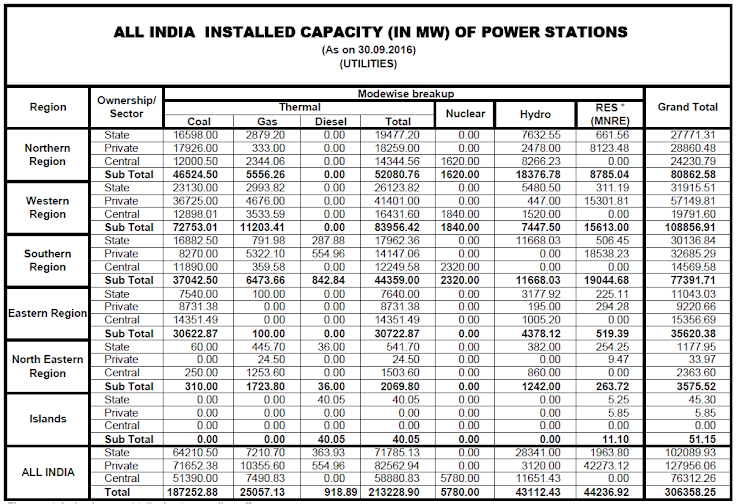Current Indian investment may not be hit immediately
The Australian government’s move to impose 30 per cent tax on coal mining and iron ore profits might not affect any Indian investment in that country immediately, but could have an impact on Indian companies, including state-run mining major Coal India Limited (CIL), which are scouting for assets Down Under.
The country passed a legislation for a mining tax called the mineral resource rent tax (MRRT) that will impact the prosperous mining sector of the country. But recent Indian investments like Adani group's Linc Energy, Lanco Infratech's acquisition of Griffin Coal and GVK’s Hancock might not bear the brunt of this tax for years to come. Gujarat NRE Coke, NMDC and Hindalco, too, have assets in the country.
The law is meant to tax major mining companies and their profits, but many Indian coal mine investments are new and are making no profit. Also, many of these are in the capital expenditure and investment stage.
“The decision will not have any significant impact on our coal mining business for several years after the start of production. The law allows the full capital expenditure incurred to be set off from the profits derived from its mining operations in the year it is made, and any unabsorbed excess is carried forward (with no time limit),” Adani group said in a statement on Tuesday. The company’s shares fell by 4.6 per cent in intra-day trade on Tuesday after the development, and ended three per cent lower at Rs 285 apiece.
The impact of this tax might come in the long-term, and would not affect mines for the initial 8-10 years of operations, say analysts. After that, they might start impacting costs in the range of $28 per tonne, pushing up the costs of coal and iron ore. That too would not be a huge matter of concern as international prices may rise, following the cost escalation and they would be able to pass a portion of the tax to the customers.
“Since Australia is a large coal exporter, it should be able to pass through a part of the cost increase to buyers,” said Pukhraj Sethiya, senior consultant, PricewaterhouseCoopers.
Arun Kumar Jagatramka, chairman and MD Gujarat NRE Coke said this tax was expected to push coking coal prices up the curve. “The mining tax is on super-profit, which is calculated after deducting all the expenses as well as capital expenditure and even the state royalties. Hence, it would not impact the new mining companies with large capital expenditure like Gujarat NRE,” he added.
Gujarat NRE's shares fell by two per cent on Tuesday and closed at Rs 23.4 per share.
The tax which is being panned by critics for being complex, is also known to have a number of provisions that will soften its impact. “The MRRT has credit provision against other taxes and royalties payable, thus significant impact may not be visible in the initial years,” said Sethiya.
Mining and mineral major NMDC said it would have to re-look at the cash-flow analysis. “We are yet to examine the tax, but to our understanding it may not be applicable to magnetite mines, as there is a huge capital outlay for these projects. We have to see the scope of the new tax and the minerals that it covers,” an NMDC official said. But, there could be an impact on the Legacy Iron Ore project which has a combination of hematite and magnetite ore assets. The company is a 50 per cent equity partner in Legacy Iron Ore, which it bought last year. NMDC's stock went up by three per cent.
CIL, sitting on an acqusition war-chest of Rs 6,000 crore, has looked at Australia for coal assets more than once. “But ultimately we had to back down because the IRR (internal rate of return) wasn't good enough. With this tax coming in, it would further have a negative impact on the assets there. We might have to stop looking at Australia all together,” an official said.
With more than half of India’s coking coal requirement coming from Australia — 60 per cent of total coking coal imports for Tata Steel, and 45 per cent for JSW come from Down Under —there is a chance that Indian steel makers’ input costs going up if prices are revised upwards.
Although Tata Steel said it was not expecting any immediate impact, SAIL indicated it was still examining the situation. “There is overall resentment among the leading mining companies of iron ore and coal, as it may affect their costs and profitability. We are examining the impact on our imports from Australia," SAIL chairman C S Verma said.


